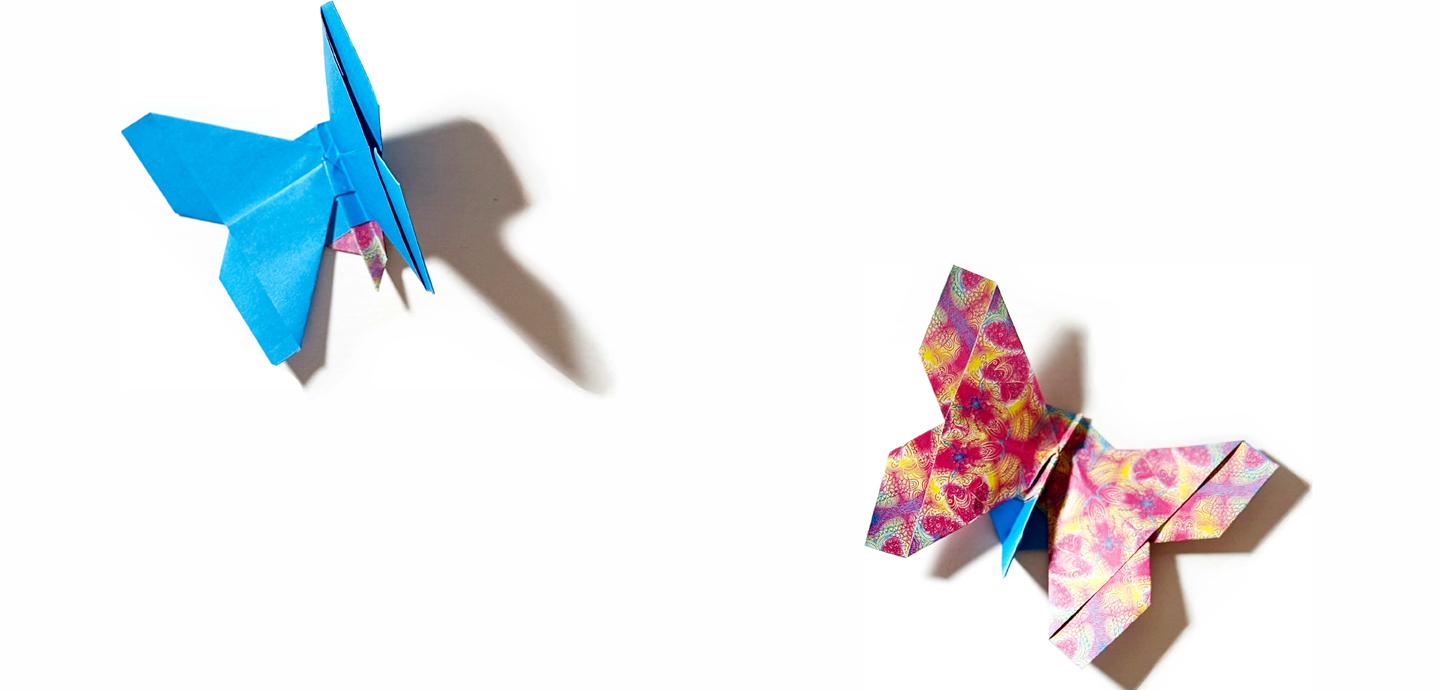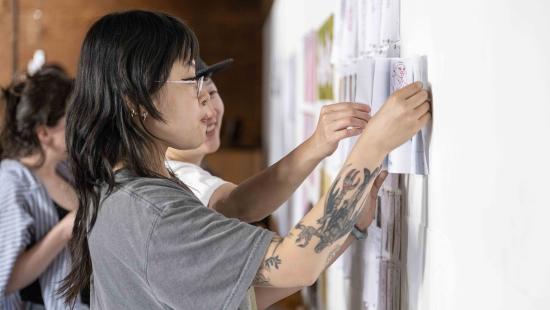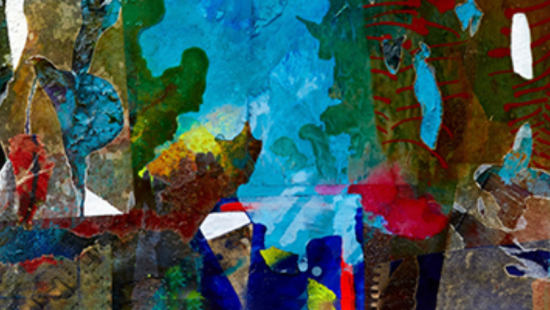Josephine Cosmosse: Invisible Hands

image / provided
Exhibition Concept
Invisible Hands is a collaborative exhibition with incarcerated individuals showcasing large-scale installations, drawings, poems, short stories, and more. This exhibition invites a profound examination of the intersection between incarceration, art, and societal justice, centered on using art as a tool for rehabilitation and a medium through which incarcerated individuals reclaim their agency. Through this collaboration with artists from the Prisoner Express program, a project of the Center for Transformative Action, Invisible Hands amplifies creative voices often marginalized by the prison system.
This exhibition challenges conventional perceptions of incarceration, offering a platform for incarcerated artists to share their stories and perspectives. Calling for dialogue on the role of art in confronting systemic injustice, Invisible Hands advocates for a more compassionate understanding of the criminal justice system, recognizing the power of creativity to heal and inspire.
Invisible Hands extends an invitation to viewers to actively engage in the project by connecting with incarcerated individuals through mail. Each volunteer's unique number and corresponding information will be linked to the artwork featured in the exhibition to foster a personal connection between the artists and the community. Visitors are encouraged to visit the Durland Alternatives Library, where they can learn more about the volunteer opportunities with the Prisoner Express program and explore how they can contribute to this transformative initiative. By writing to incarcerated artists, viewers can participate in an ongoing dialogue about creativity, resilience, and justice.
Biography
Josephine Cosmosse (B.F.A. '25) is an undergraduate student pursuing a degree in Fine Arts with minors in law and society, visual studies, and art history. Her work navigates the intersection of art, social justice, and personal healing, often exploring trauma, identity, and resilience. Drawing from her experiences as a first-generation Korean-American woman, her practice consists of paintings to address the human condition and the complexities of societal structures.







